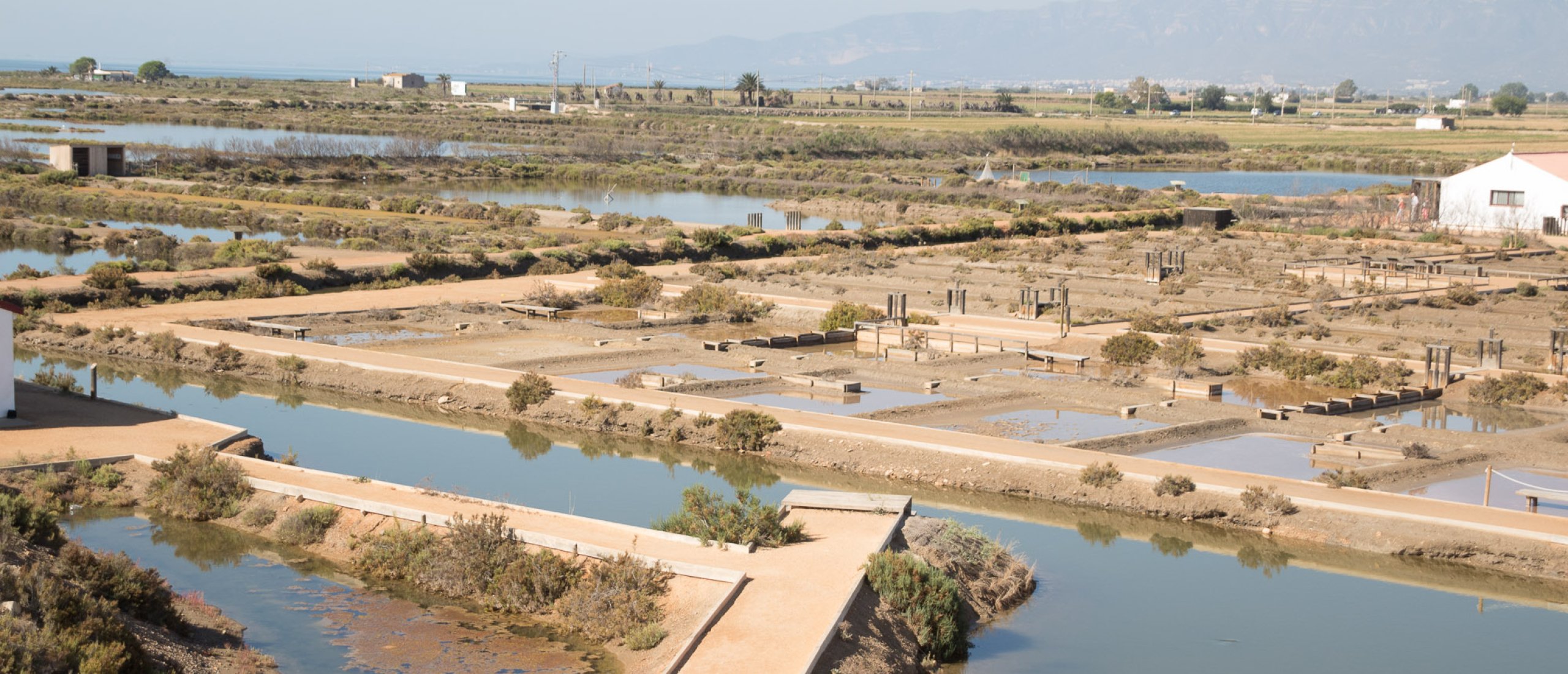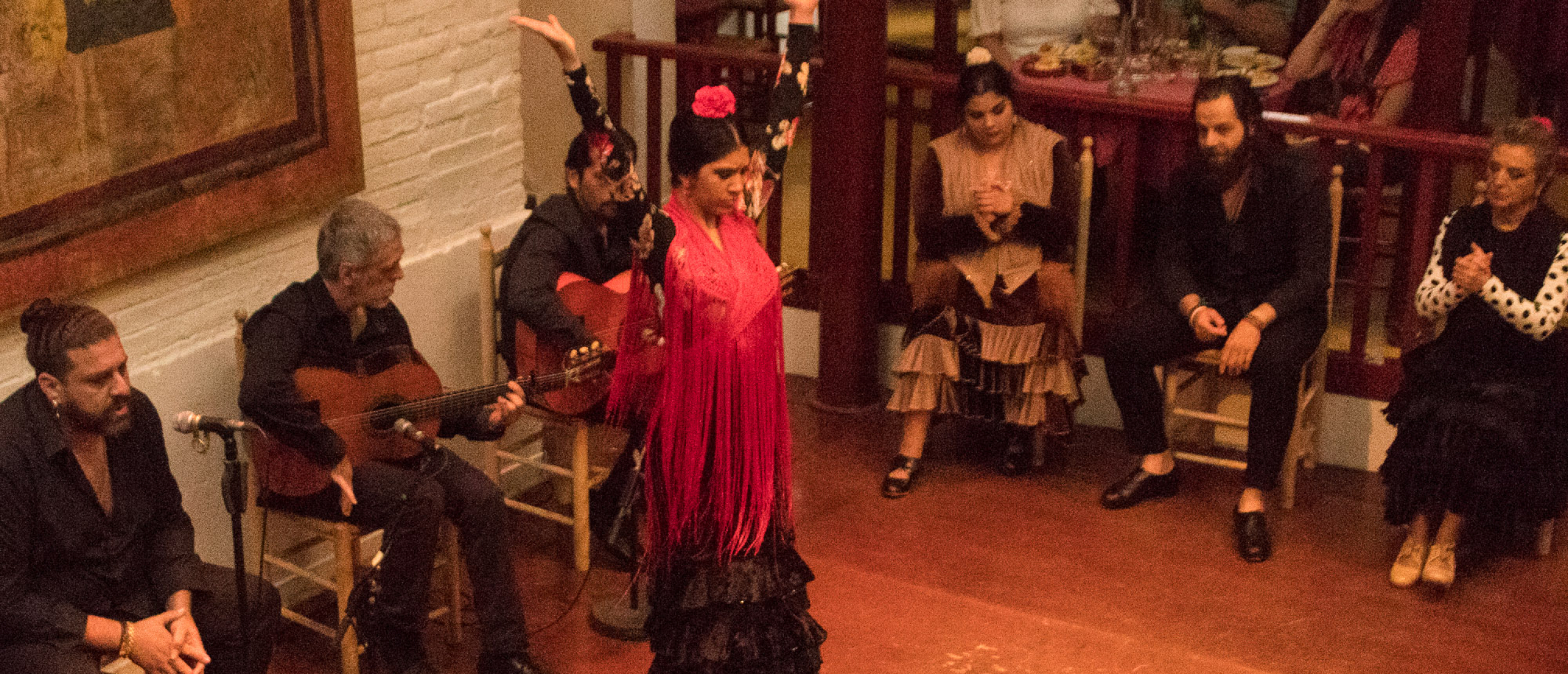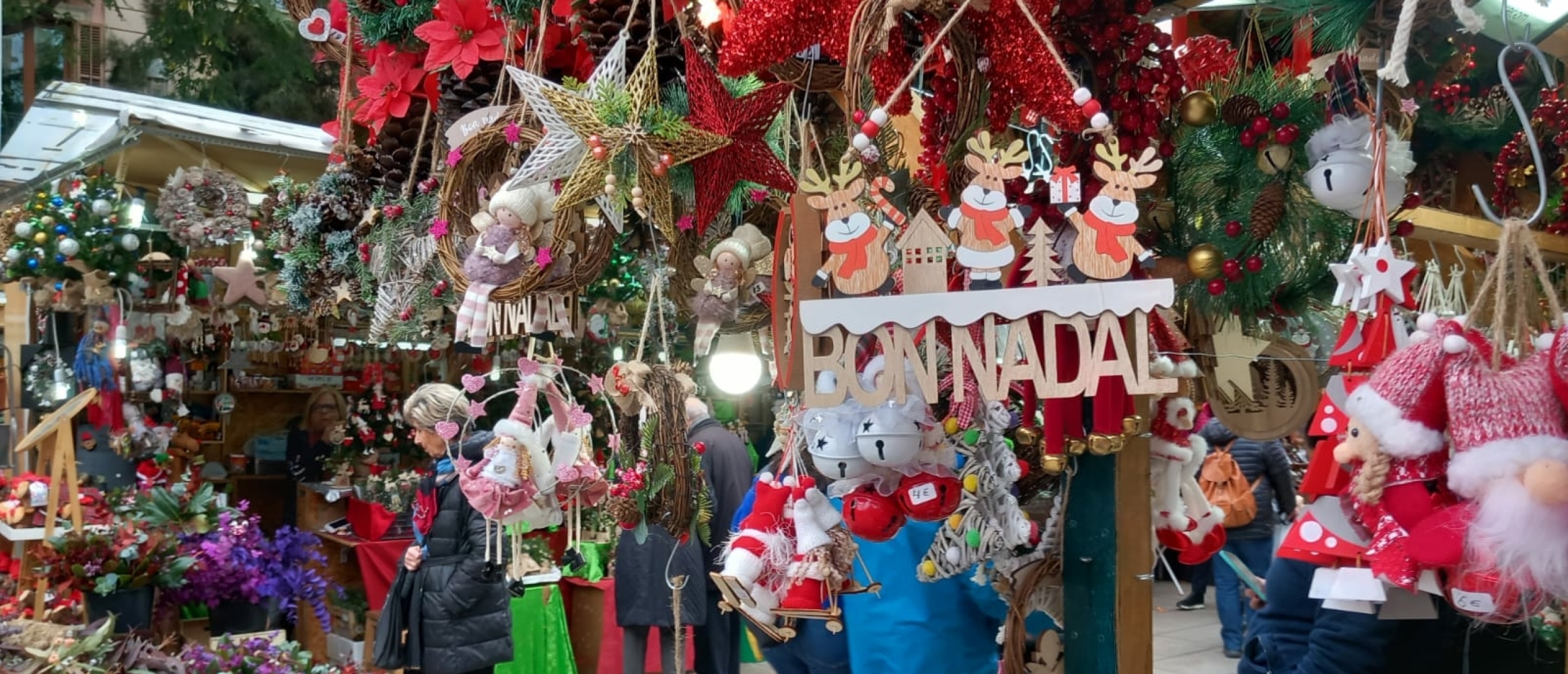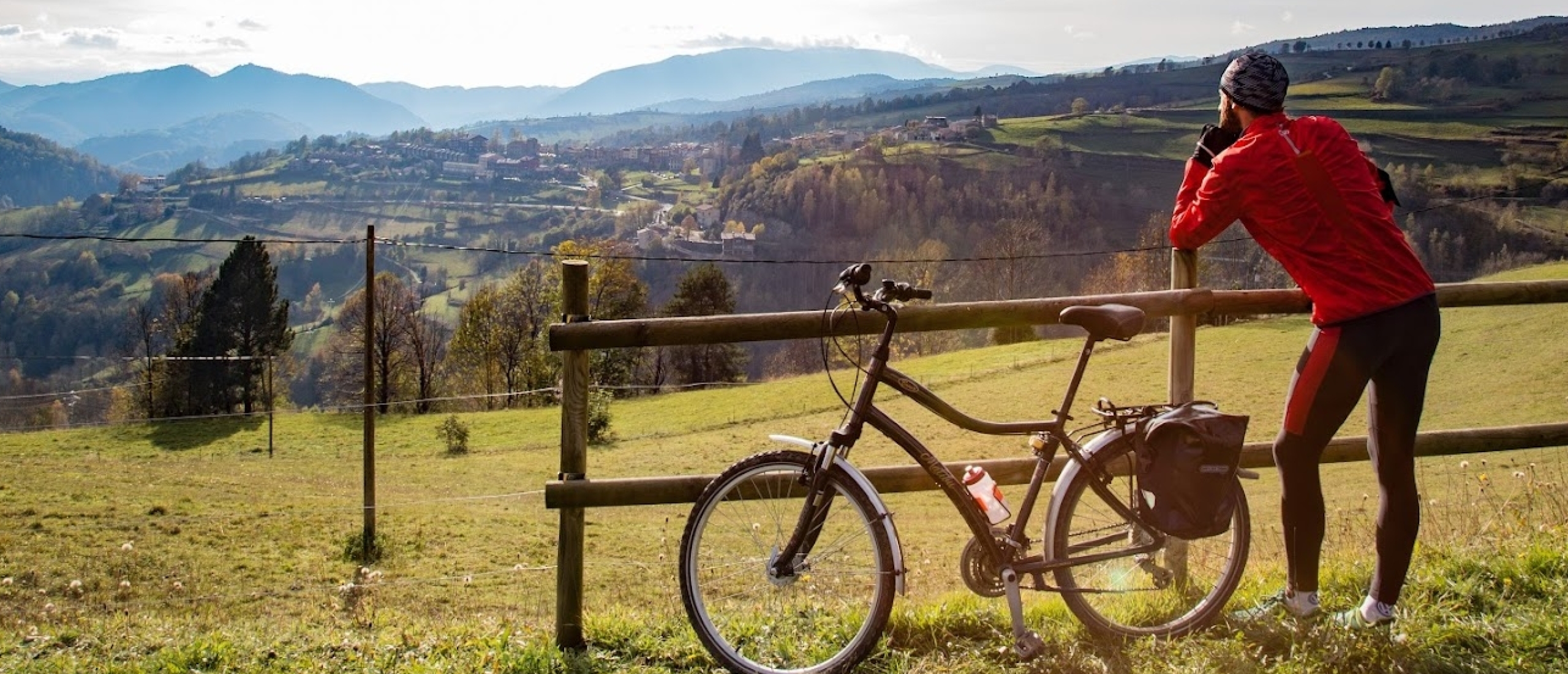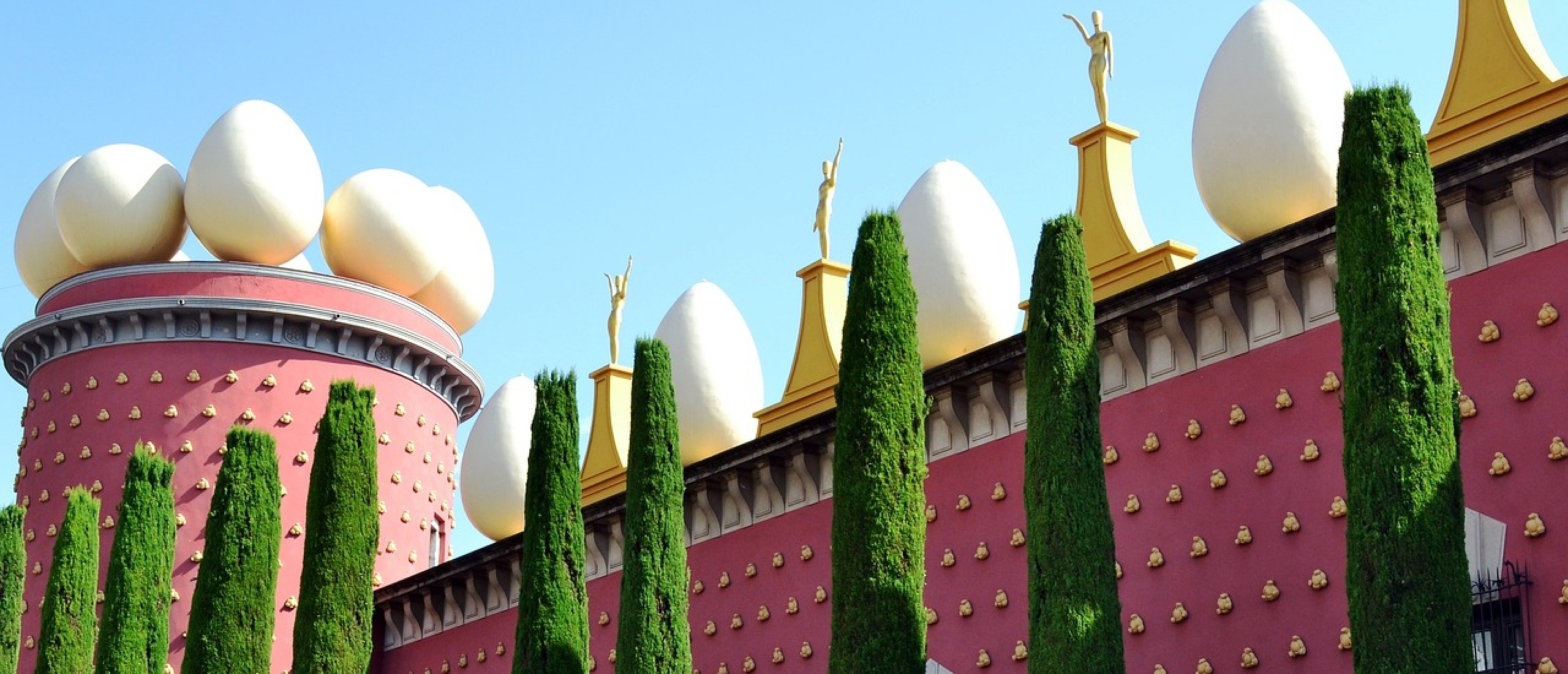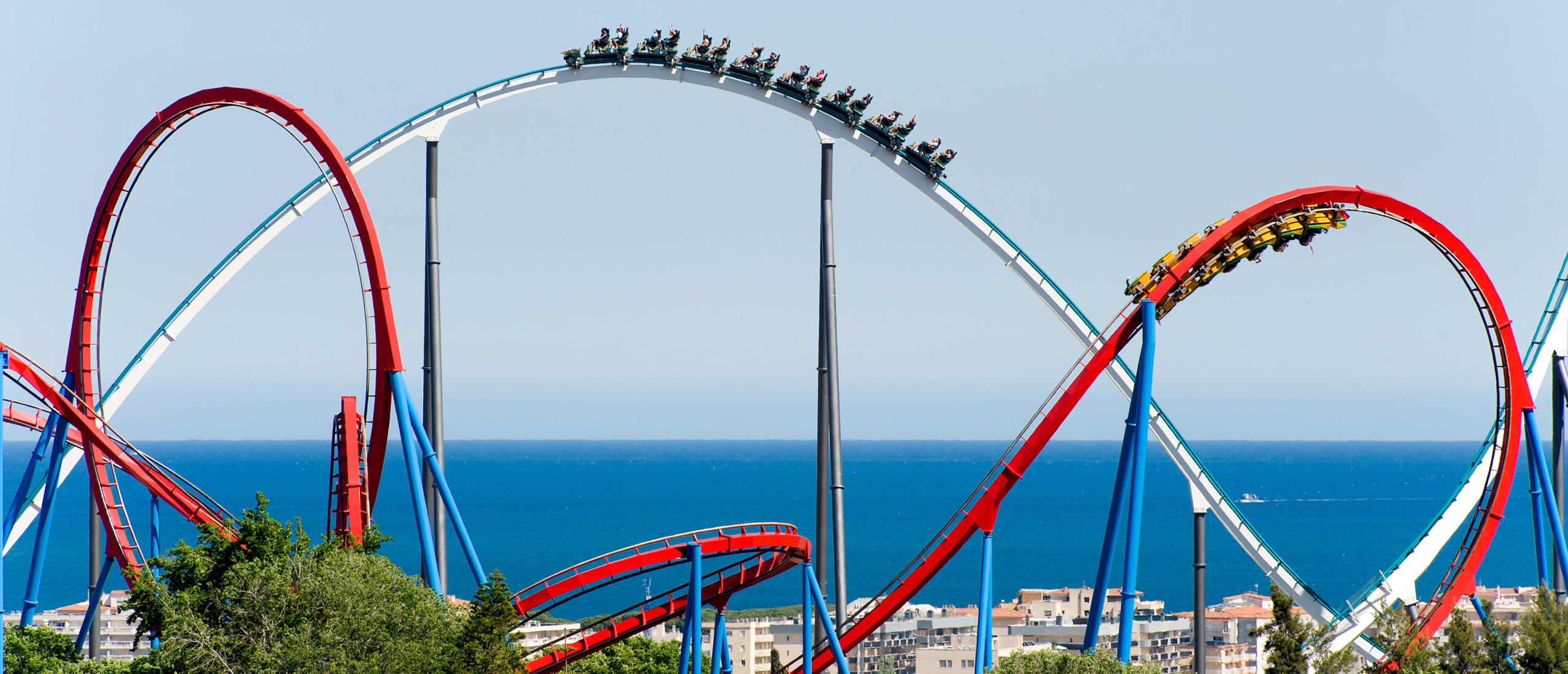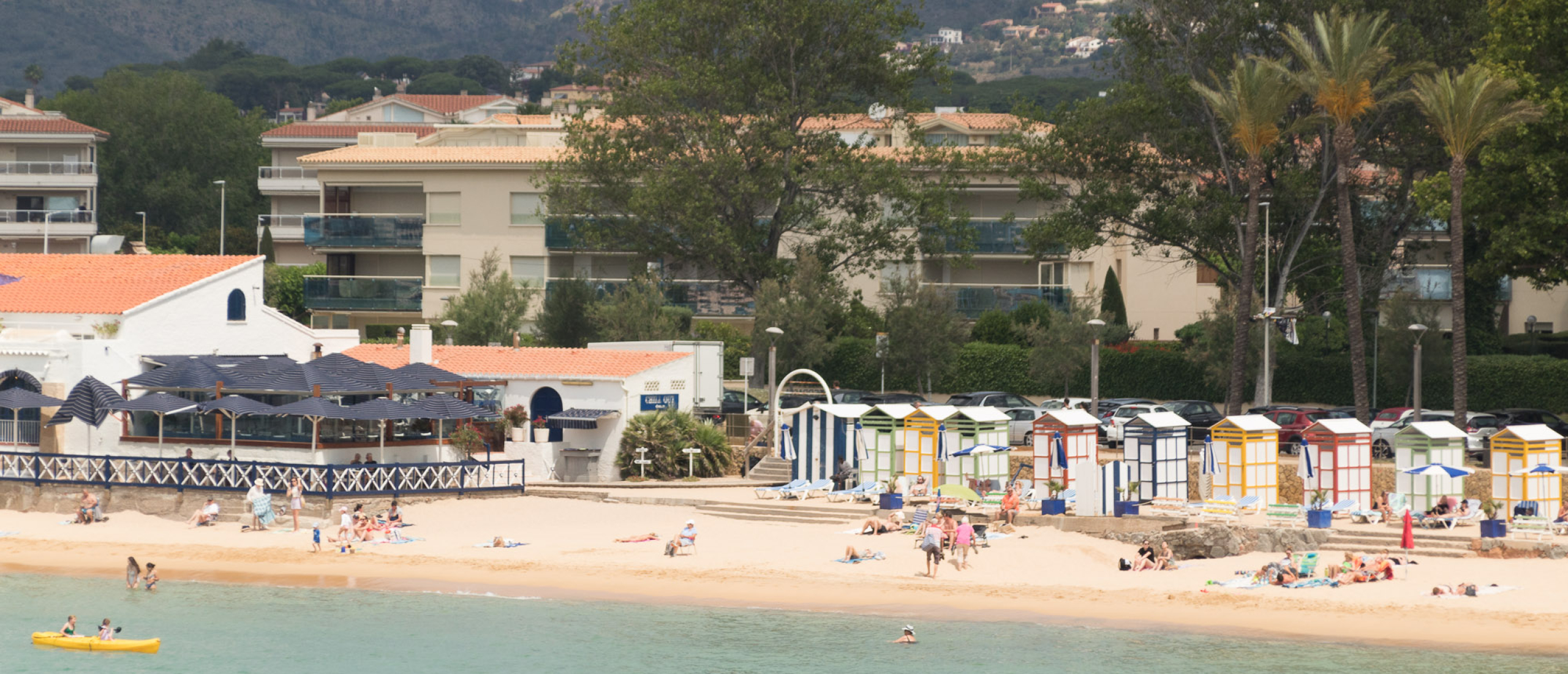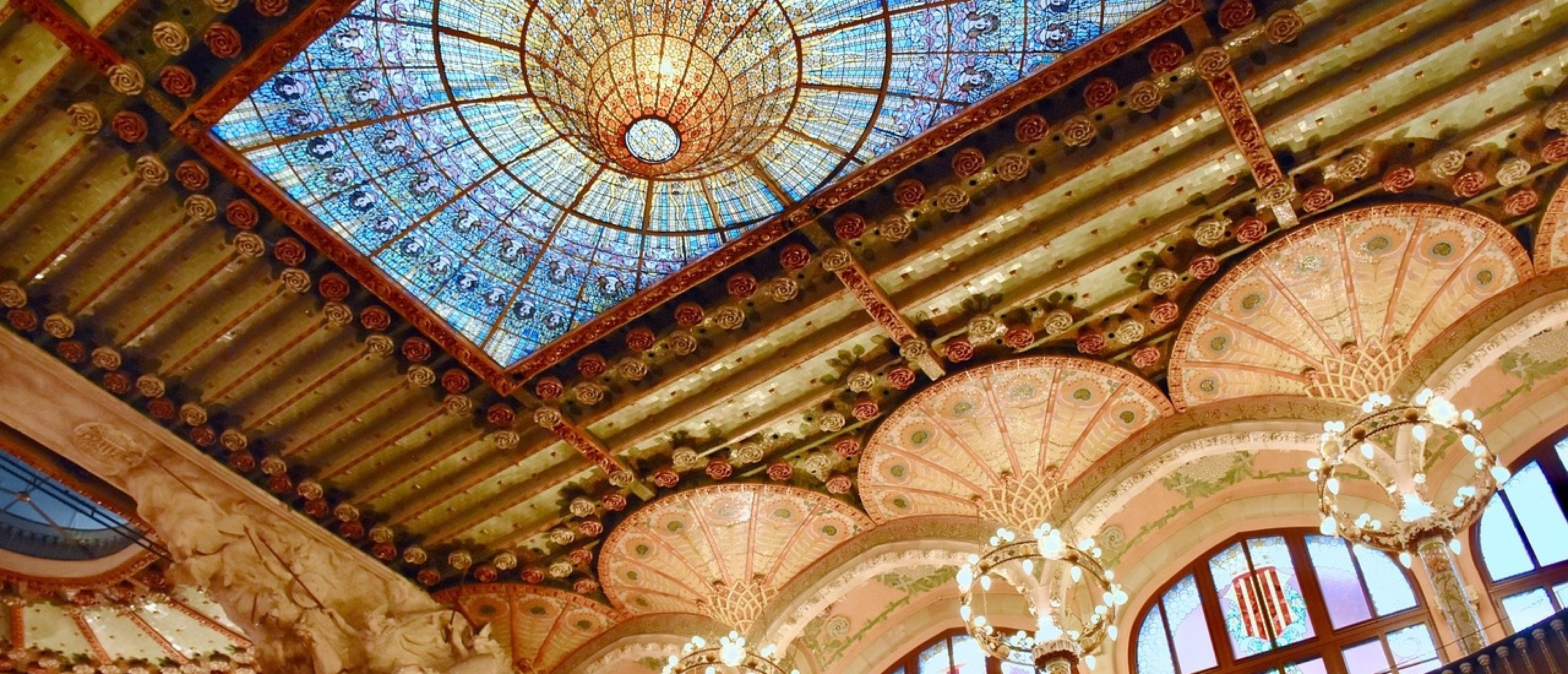
The founder of Catalan Modernism is ...
The main architect of Catalan modernism is by far Gaudí but the founder is his teacher, the visionary architect Lluis Domènech i Montaner who died today 100 years ago, 27 december 1923. With just 3 years apart in age they were from the same period. 2023 is the year the work and legacy of Domènech i Montaner is celebrated as his impact on architecture extended beyond his lifetime.
His dedication to the synthesis of art and function influenced subsequent generations of architects. In 2010, UNESCO recognized his contributions by inscribing the Palau de la Música Catalana and the Hospital de Sant Pau as part of the "Works of Lluís Domènech i Montaner" on the World Heritage List.
Catalan Modernism, the Catalan response to Art Nouveau
Catalan Modernism is a unique artistic and architectural movement that blossomed in Catalonia, Spain, during the late 19th and early 20th centuries (roughly between 1885 and 1920).Characterized by its blend of tradition and innovation, Catalan Modernism emerged as a powerful expression of the spirit of Catalonia, embracing artistic freedom, organic forms, and a deep connection to nature.
Catalan Modernism, also known as Modernisme, was Catalonia's response to the broader European Art Nouveau movement. Emerging in the wake of the Industrial Revolution, it sought to redefine aesthetics in architecture, art, and design. This cultural renaissance was deeply rooted in Catalonia's sense of identity, reflecting the region's distinct language, history, and traditions.
At the heart of Catalan Modernism lies an architectural revolution that aimed to break away from conventional styles with architects like Antoni Gaudí, Lluís Domènech i Montaner, and Josep Puig i Cadafalch. They drew inspiration from the natural world. Organic shapes, flowing lines, and intricate floral motifs adorned buildings and interiors, creating a harmonious connection between the constructed environment and the surrounding nature.
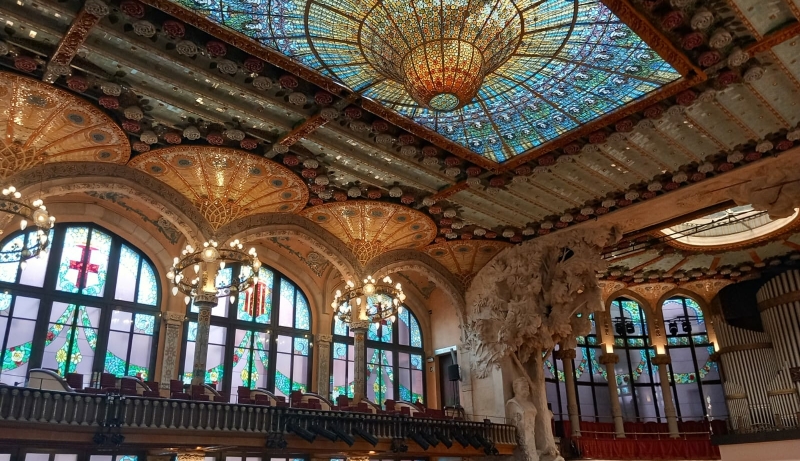
Discover Catalan Modernism
Characteristic for Modernism are curves, light and colors, richly decorated with floral motifs, ceramics, mosaics and glass. When you walk in Barcelona you will discover the work of Gaudí and Domènech i Montaner in many places. If you start at Plaza de Catalunya you can make a nice walk discovering the beauty of Modernism.
Palau de la Música Catalana (Palace of Catalan Music)
The Palau de la Música Catalana was built between 1905 and 1908 as a home for the choir Orfeó Català. The Palau de la Música Catalana is an architectural jewel of Catalan Art Nouveau, the only concert venue in this style to be listed as a World Heritage Site by UNESCO. The building is located in Sant Pere district, one of the most beautiful areas of Barcelona. The concert hall is stunning and it must be a real experience to attend a concert here! For the program click here.
Hospital de Sant Pau
Another iconic creation, the Hospital de Sant Pau, is a modernist marvel that showcases Domènech i Montaner's commitment to human-centric design. Completed in stages between 1902 and 1930, the hospital complex features stunning pavilions adorned with vibrant tiles and sculptures, creating a serene environment for healing. It used to be a hospital for centuries (since 1401) and in the current buidlings for more than 80 years till 2009. In 2014 is was opened an open air museum after 5 years of restoration. It is a short walk to Sagrada Familia.
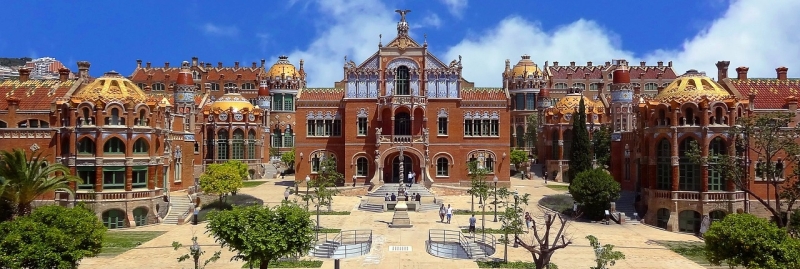
Sagrada Família
Antoni Gaudí's magnum opus, the Sagrada Família, remains an unfinished masterpiece but stands as a global symbol of Catalan Modernism. Its towering spires and intricate façades showcase Gaudí's genius and commitment to a deeply spiritual and awe-inspiring architectural experience.
Hotel Casa Fuster
Located Passeig de Gràcia, Hotel Casa Fuster, now a 5-star hotel, was designed by Domènech i Montaner as a gift from Mariano Fuster, a wealthy businessman, to his wife Consol Fabra. The building quickly became an architectural jewel, showcasing the essence of Catalan Modernism with its intricate details, geometric patterns, and organic forms. This landmark building was declared a UNESCO World Heritage site in 1978.
On the same street you will find two other iconic examples of Modernism, both from the hand of Antoni Gaudí:
Casa Milà or La Pedrera
Built between 1906 and 1912, Casa Milà is a distinctive departure from traditional architecture. Gaudí's vision for the building was radical, blending organic forms, undulating lines, and a wealth of imaginative details to create a structure that defied the conventions of its time. Casa Milà is nicknamed "La Pedrera," meaning the stone quarry, owing to its unconventional façade that appears to have been sculpted from natural rock.
Casa Batlló
Another jewel in Gaudí's crown, Casa Batlló, is a surreal, dragon-inspired creation that captivates with its undulating façade, vibrant colors, and imaginative design. It is a testament to Gaudí's ability to infuse everyday structures with artistic flair. During the Christmas season a light show on the facade is worthwhile visiting!
Book your tickets for these casas online. When you book the bike tour you will see all major Gaudi attractions in Barcelona, visit Park Güell and have a drink at the exclusive rooftop terrace of Casa Fuster!
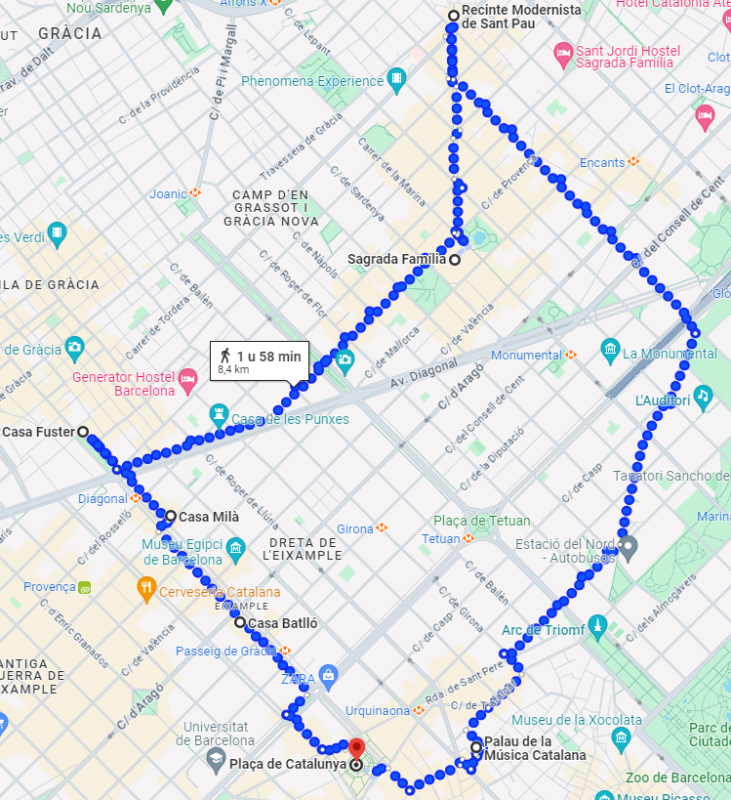
Hop-on/hop-off bus
A great way to discover Barcelona and you do not want to walk everything is the hop-on/hop-off bus!
Where to stay in Barcelona
This walk takes about 2 hours without stops. Best is to take two days to have time to visit these amazing places.
Stay for instance at Hotel Catalonia Ramblas, a perfect place near Plaza de Catalunya. Or want to stay at Hotel Fuster?
Contact us for proposals for (small) groups!

